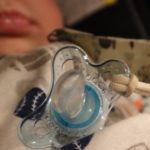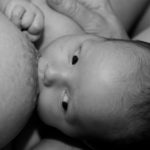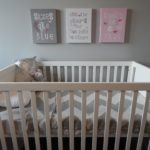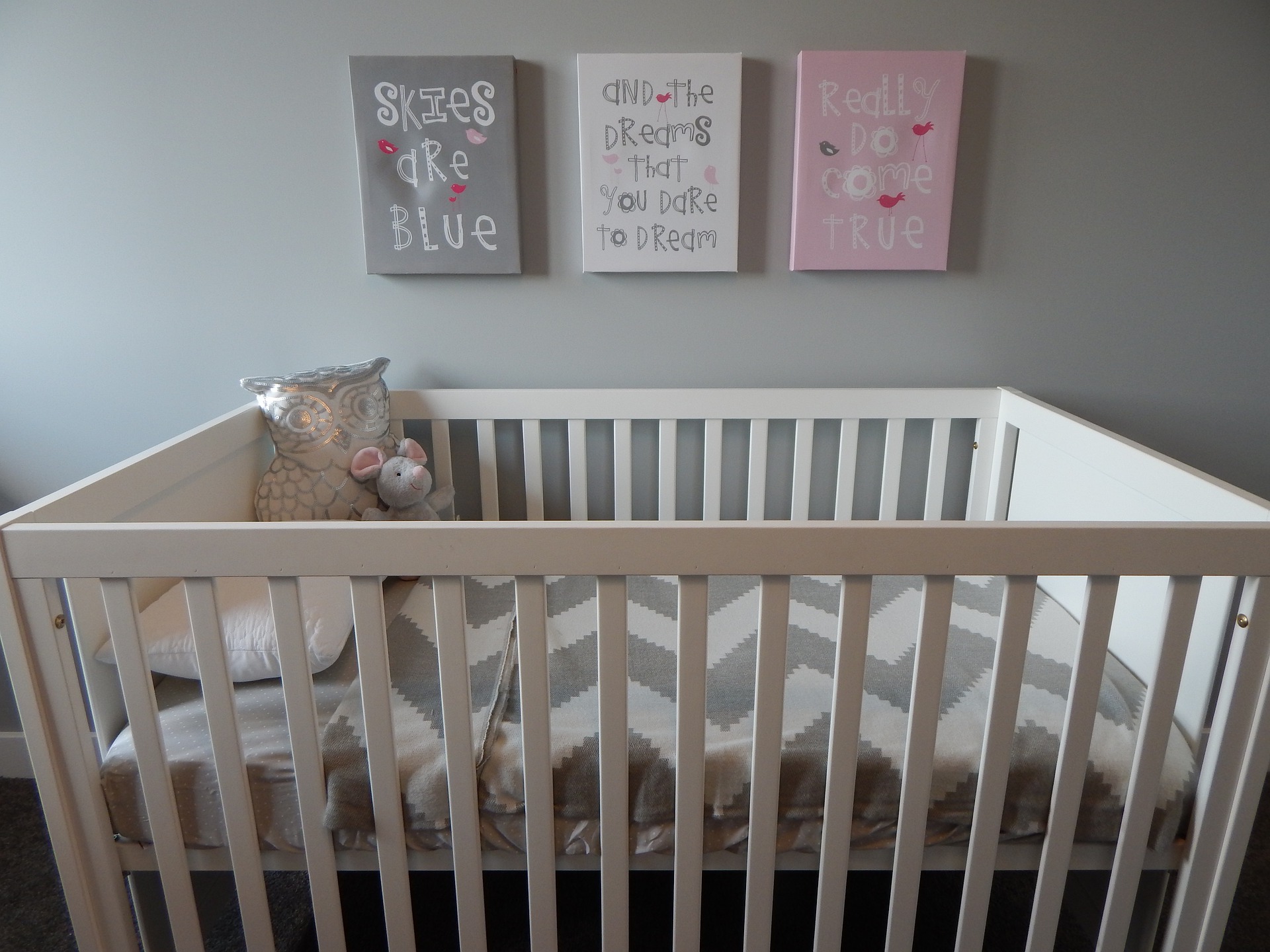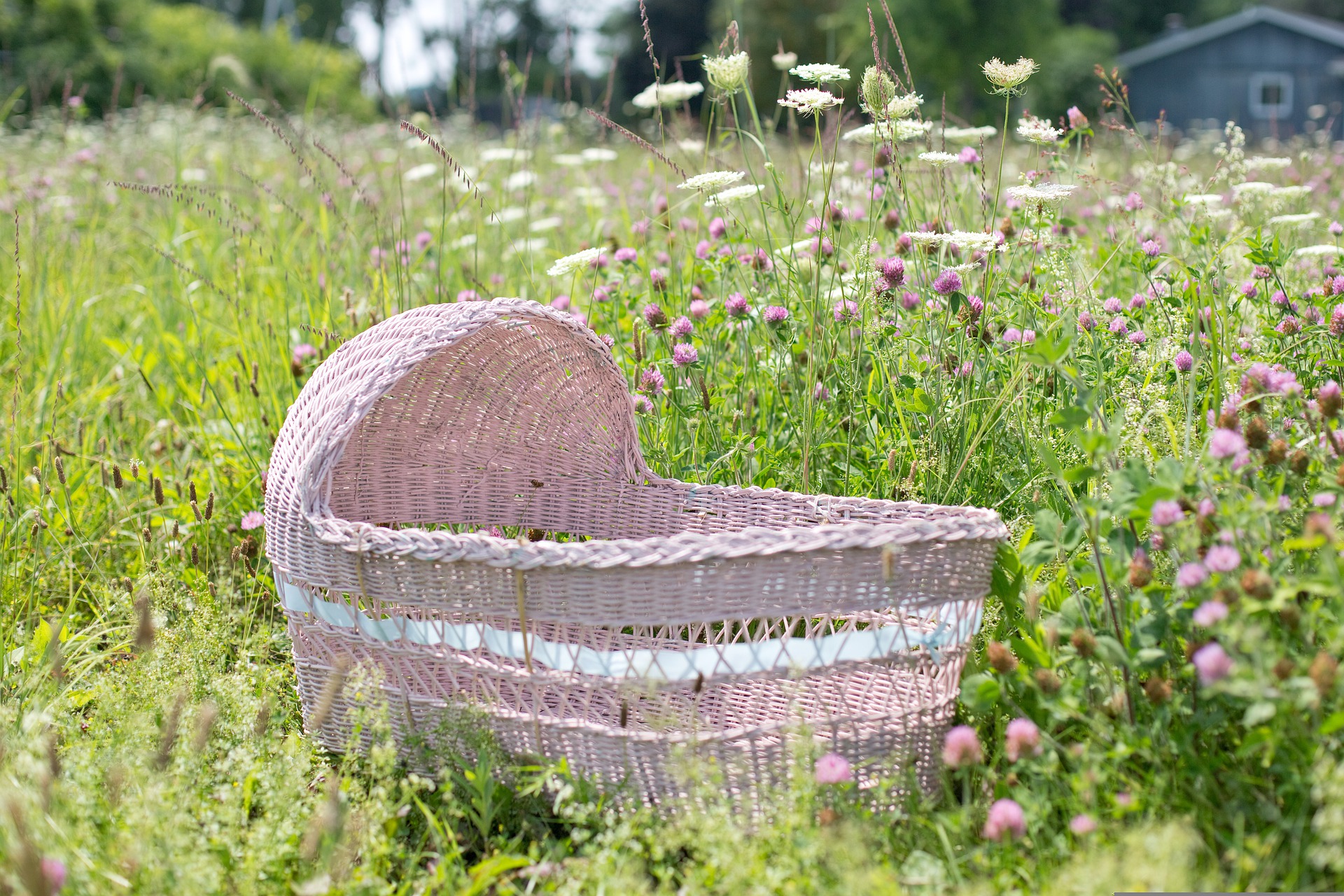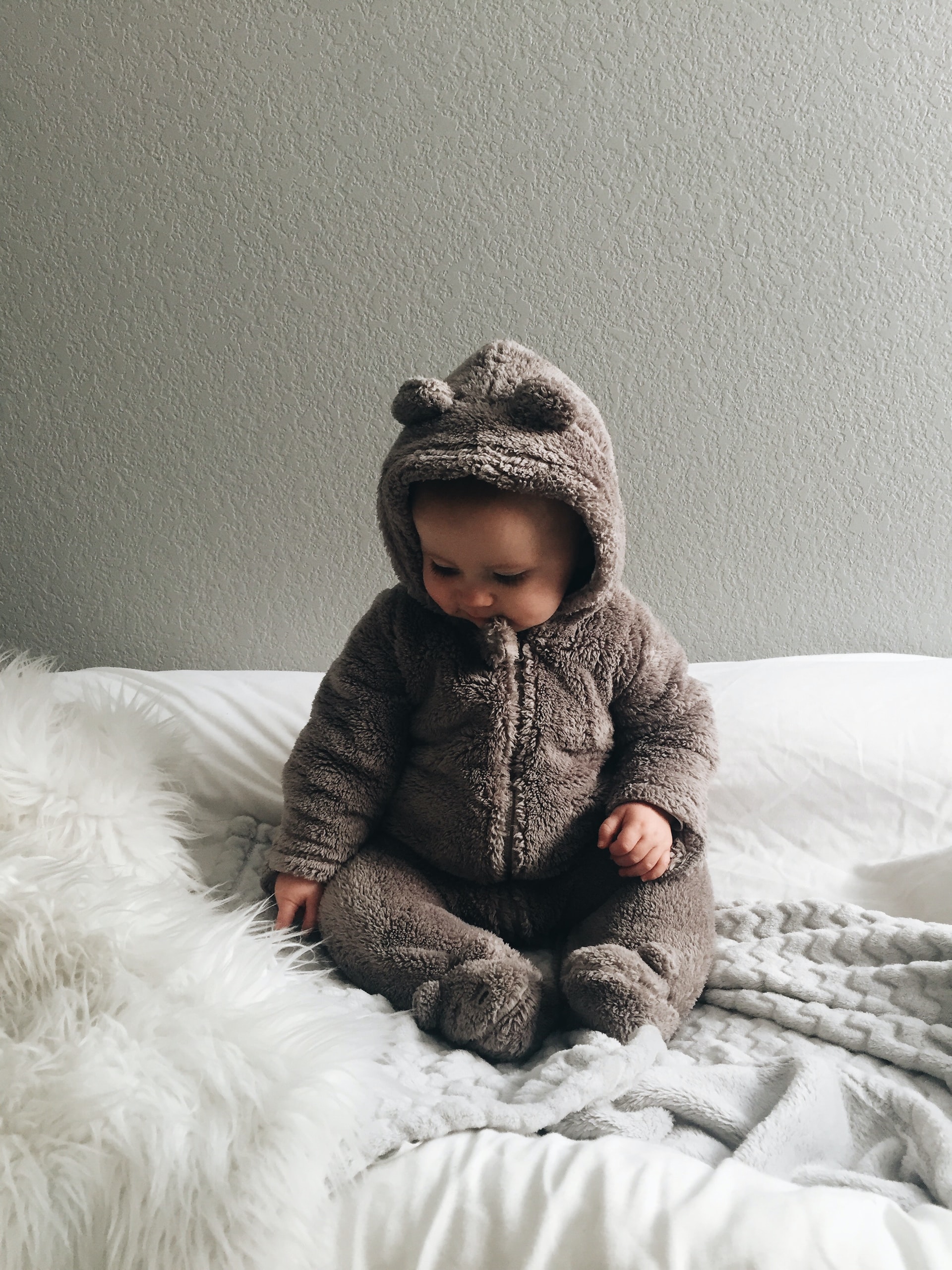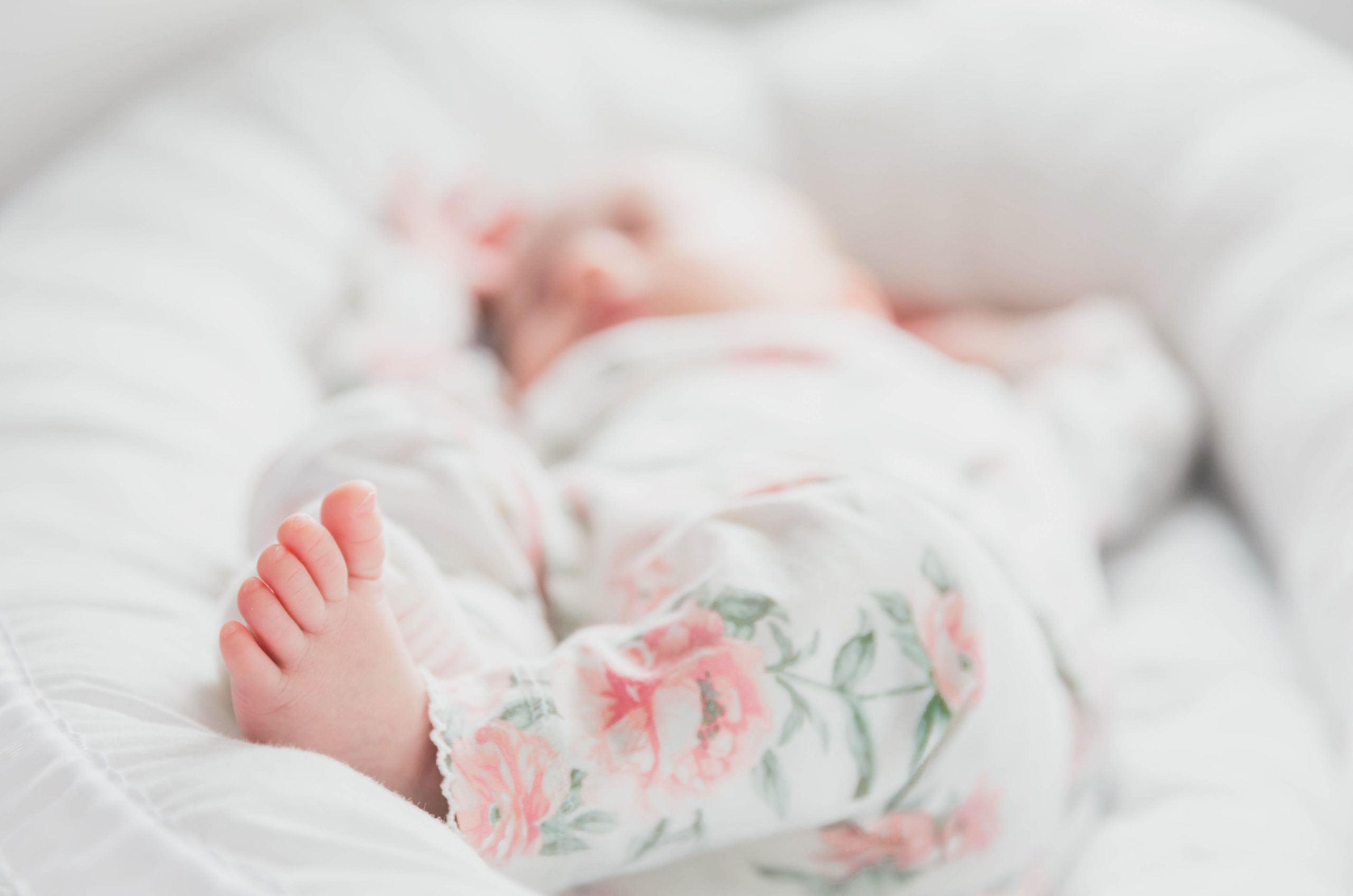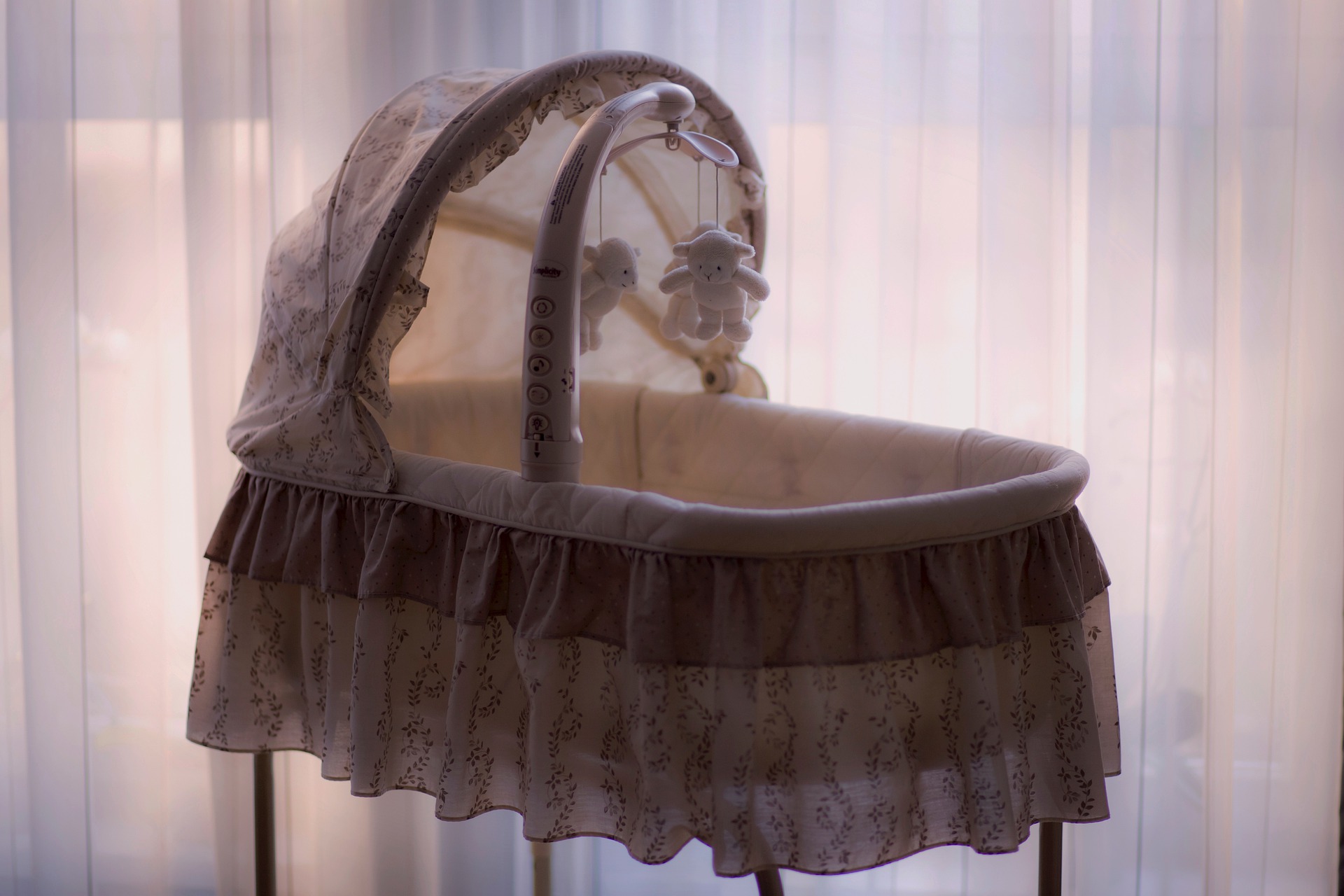Do bumper pads for cribs keep babies safe? This is a question that many parents ask themselves when they are deciding whether or not to use bumper pads in their baby’s crib. In this blog post, we will explore the pros and cons of using bumper pads for cribs and help you decide whether or not they are right for your baby!
What Are Bumper Pads For Cribs?
Bumper pads are padded, often quilted pieces of fabric that fit inside a crib and tie or Velcro onto the outside. They are used to keep your baby from banging his head on the slats of the crib, and also help to create a cozier environment for sleeping.
They come in a variety of colors and patterns, so you can choose something that fits your nursery’s style. Some parents opt for plain white bumper pads, while others choose brightly colored or patterned ones. There is no right or wrong choice when it comes to selecting bumper pads for your crib – it’s simply a matter of personal preference.
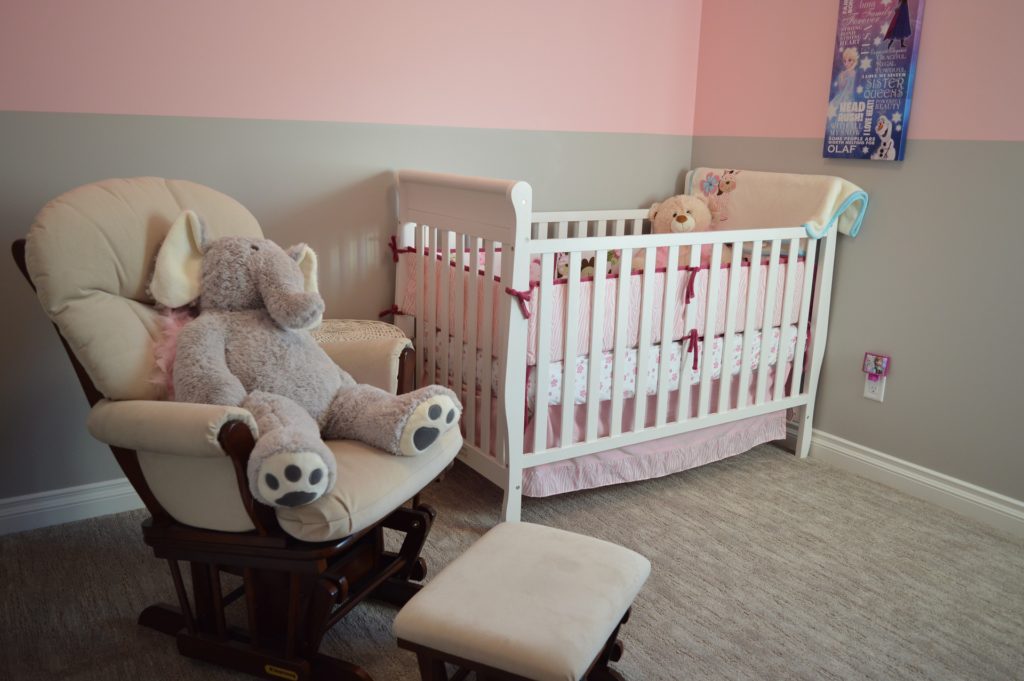
Bumper pads are a common sight in cribs, but their purpose is often misunderstood. These pads are not meant to provide a soft surface for the baby to rest against; in fact, they can be quite harmful if used incorrectly. Bumper pads are designed to keep a baby’s limbs from getting stuck between the slats of the crib, which can lead to entrapment and suffocation. When used correctly, bumper pads can help create a safe sleep environment for babies.
What Are The Benefits Of Using Bumper Pads For Cribs?
1. Bumper pads soften the edges of cribs, which can protect against head injuries if your child bumps into the side of the crib.
2. Bumper pads can prevent your child from getting their arms or legs stuck between the slats of the crib, which could lead to serious injury.
3. Bumper pads can keep toys and other objects from falling into the crib and hitting your child while they sleep.
4. Bumper pads can provide additional insulation in cold weather, helping to keep your child warm and comfortable.
5. Bumper pads can be used as decoration, personalizing your child’s crib and making it feel like Their own special space.
Choosing to use bumper pads is ultimately a personal decision, but there is no doubt that they offer several benefits. But bumper pads for cribs may have been a staple product in the baby industry for many years, but recent studies have raised concerns about their safety.
What Are The Risks Of Using Bumper Pads For Cribs?
Here are some risks to consider before using bumper pads in your child’s crib:
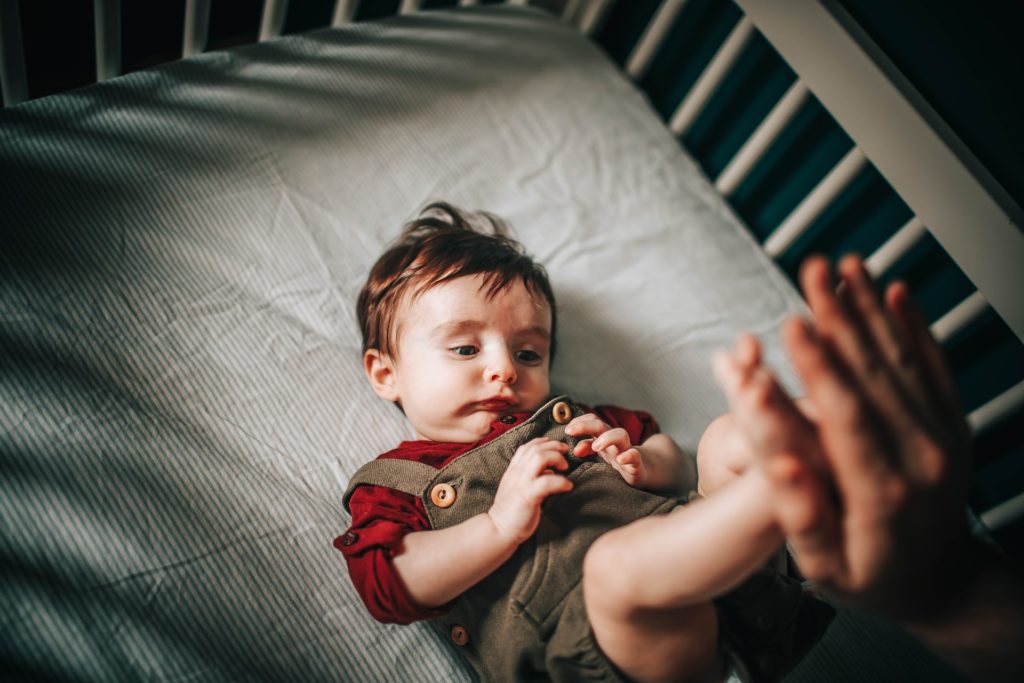
1. SIDS
Numerous studies have shown that bumper pads are linked to an increased risk of Sudden Infant Death Syndrome (SIDS). In one study, researchers found that babies who slept with bumper pads were two times as likely to die of SIDS as those who didn’t. The reason for this is unclear, but it’s believed that the bumper pads can interfere with the baby’s breathing.
2. Choking
Bumper pads can also pose a choking hazard to young infants. If a baby can pull the bumper pad into their crib, they may be able to put it over their face and choke on it. In addition, bumper pads can make it difficult for parents to see their baby, which can create a safety hazard.
3. Suffocation
If a baby wedges themselves between the bumper pad and the side of the crib, they may not be able to move and could end up suffocating. Bumper pads should therefore only be used in cribs that have high sides, and parents should regularly check to make sure that their baby has not wedged themselves into a dangerous position. In addition, parents should never put pillows or other soft objects in the crib, as these can also increase the risk of suffocation.
4. Strangulation
The ties that hold bumper pads in place can also pose a strangulation hazard. If a baby gets tangled in the ties, they could be cut off from oxygen and suffocate. 27 infants younger than 2 years old died from strangling or asphyxia caused by bumper pads or their ties, according to research conducted by Washington University in St. Louis between 1985 and 2005.
5. Injures
It’s not uncommon for parents to keep the bumper pads on their child’s crib even after he or she can pull themselves up to a standing position. Your child may be at risk of injury from falling out of the crib if the bumper is there. Bumper pads in the crib can be hazardous since toddlers can use them as a foothold when climbing out.
How To Keep Your Baby Safe From The Risks Of Bumper Pads For Cribs?
1. Bumper pads should never be placed on the outside of the crib. They should only be used on the inside, where they can be securely fastened, and where your baby will not be able to pull them into the crib with them.
2. Make sure that the bumper pads you use are breathable. Non-breathable materials increase the risk of suffocation. Look for materials that allow air to circulate, such as mesh or perforated fabric.
3. Avoid using quilted or padded bumper pads. These types of bumper pads are more likely to cause suffocation than breathable ones.
4. Do not use bumper pads if your baby is under six months old. The risk of suffocation is highest for babies in this age group.
5. Use only as much padding as necessary. More padding does not mean greater safety it can increase the risk of suffocation. Only use enough padding to provide a snug fit around the inside of the crib, without restricting airflow.
Final Thoughts
Can I feel assured that my baby is safe when using a bumper pad? The truth is that it’s hard to say. Bumper pads have two purposes: they cushion a baby’s fall from the crib and they insulate the mattress from the cold. However, improper use of bumper pads might enhance dangers. Therefore, bumper pads should be used with care, and all safety precautions should be strictly adhered to.
If utilized appropriately, bumper pads pose no danger to infants. Nonetheless, before putting anything into a baby’s crib, parents should discuss the idea with the pediatrician.


